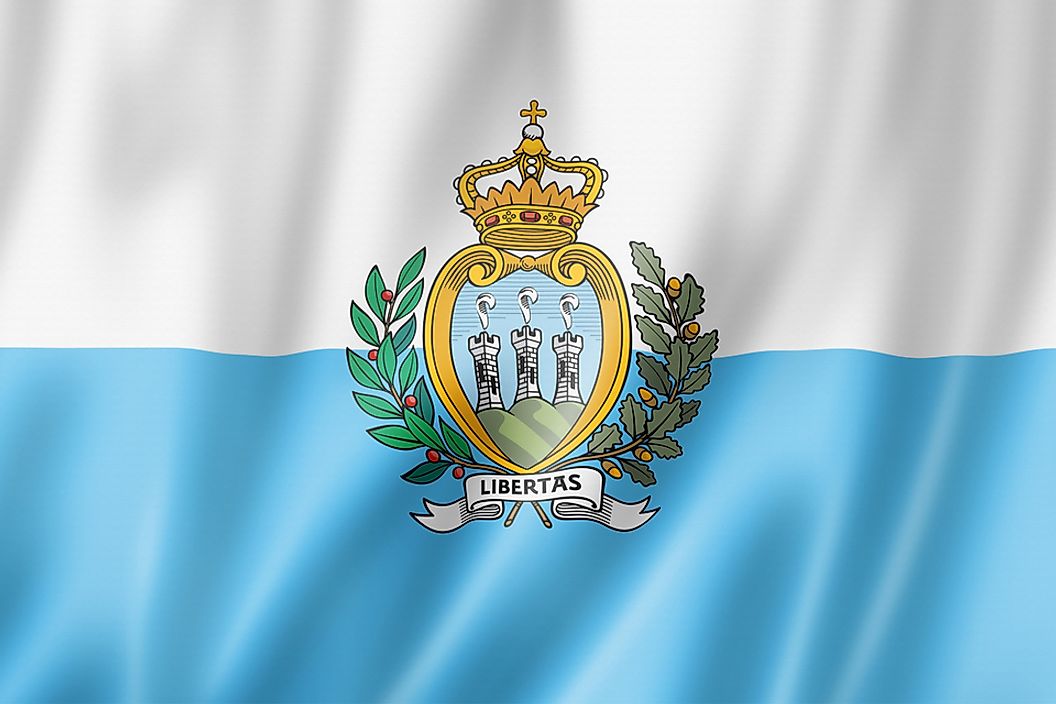What Type of Government Does San Marino Have?

The Republic of San Marino continues to be noted in history as the last Italian microstate. The history of San Marino began in 301 AD with the arrival of Marinus, who founded a monastery. The center blossomed into a small town on Mount Titano's slopes. The republic managed to protect its independence from attacks by city-states, as well as the Napoleonic Wars, world wars, and Italy's unification.
Legislative Branch of Government
The Grand and General Council executes legislative responsibilities in San Marino. 60 parliamentarians make up the council's membership for five years. Members are elected via direct and universal suffrage after attaining the requirements outlined in San Marino's constitution. The constitution empowers citizens over 18 years to take part in voting. The council's other responsibilities, aside from legislation, are electing the government unions and the state congress, adopting the budget, ratifying treaties, and selecting the Captains Regent. The council constitutes five advising commissions made up of 15 councilors. The commissions debate the implementation of proposed laws that are en-route to the council's floor.
Executive Branch of Government
San Marino's executive authority is vested in two Captain Regents. A Congress of State is the equivalent of a cabinet in San Marino. After every six months, the republic's council convenes to choose the two heads of state. The Captains Regent oversees the discussions of the cabinet for the six months they assume power. The inauguration occasion for the two executive heads take place on April 1, and October 1, every year. The celebration is characterized by centuries-old traditions. The two heads of the republic are selected from opposing parties as a measure of providing checks and balances. Once the heads of state finish their term, a window of three days is given to any citizen to file a complaint regarding the behavior or activities of the ex-heads state which may lead to judicial proceedings. A 10-member state congress oversees various departments in its capacity as the Sammarinese government. The Grand and General Council is authorized to select the congress. The congress drafts San Marino's general administrative and international policies, settles ministerial conflicts, and drafts new laws.
Judicial Branch of Government
The supreme court in San Marino is occupied by the Council of Twelve. The members of the council are selected from the Grand and General Council, and work until the subsequent election. The Council of Twelve enjoys appellate jurisdiction in the 3rd instance. Two inspectors act as the government's representation in patrimonial and financial queries. San Morino's judicial system is characterized by non-resident judges to encourage impartiality, and thus the bulk of lower court judges have Italian nationality. There is a local conciliation judge to listen to cases of minor significance. The justices of peace are native. The republic executed its last individual by hanging in 1468. San Morino's death penalty was abolished in 1848 for murder and other crimes in 1850.
Administrative Divisions of San Marino
The territory of San Marino is broken down into nine municipalities: Faetano, Borgo Maggiore, Serravalle, City of San Marino, Acquaviva, Montegiardino, Domagnano, Chiesanuova, and Fiorentino. The municipalities are referred to as castelli (singular castello). Every castello features a settlement referred to as capoluogo and lesser localities called frazioni. San Morino is home to 43 parishes.







